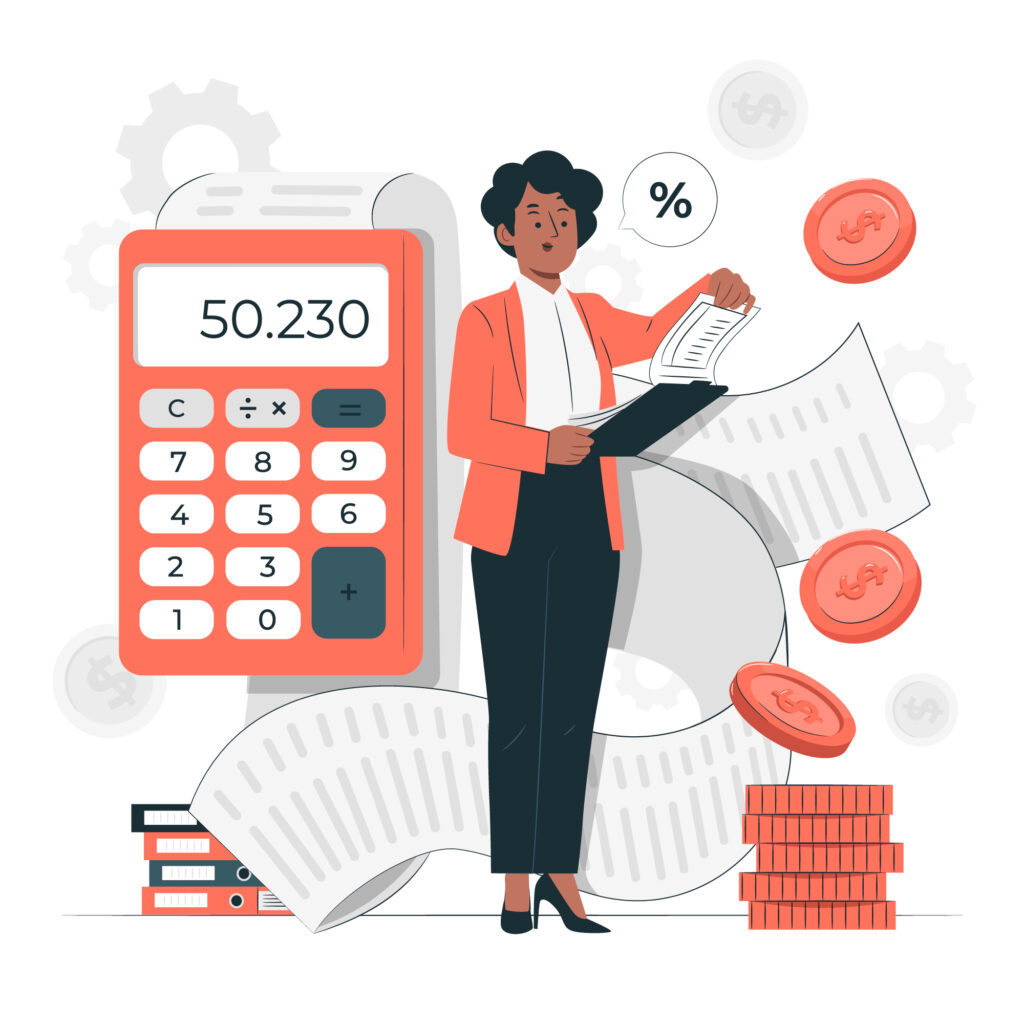Why Is My Balance Sheet Not Balancing?
When your balance sheet doesn’t balance, it’s usually a red flag that something is off in the basic accounting equation:
Assets = Liabilities + Equity
If the assets are less than the total liabilities and equity, your numbers aren’t syncing. This can jeopardize everything from your cash flow statement to your financial modelling.
Don’t Let Business Numbers Hold You Back 🚀
Most business owners know they should get a grip on their finances — but don’t know where to start. That’s where we come in. Book a free 1-on-1 call with Tangent Consulting and let’s untangle your numbers together.
Balance Sheet Explained
A balance sheet is one of the core financial statements every business uses to track financial health. It shows three key components: assets, liabilities, and shareholder equity.
When compiled correctly, it gives a clear picture of what the business owns, what it owes, and how much value is retained through retained earnings or capital contributions.
It works with your statement and balance sheet entries from other reports, such as the net income from your income statement.
If you’re seeing discrepancies, chances are you’re either missing entries or misclassifying something, like mistaking a long-term liability as a current one or overlooking an increase in assets that hasn’t been accounted for in your total liabilities or equity.
Let’s say your company reports the following:
- Assets: $500,000
- Liabilities: $320,000
- Retained Earnings: $150,000
At first glance, that seems fine. But if you dig in and realize the bottom-line equity should reflect an owner’s contribution of $50,000 in addition to retained earnings, then your equity should be $200,000
$500,000 = $320,000 + $180,000 → imbalance.
If you add $20,000 in missing shareholder equity. Now, $500,000 = $320,000 + $180,000, and your balance sheet balances.
Short on time? Watch a quick explainer video instead 👇
Balance Sheet Not Balancing: Common Reasons
As we discussed above, for your balance sheet to tally, assets must equal liabilities plus equity. When this doesn’t happen, it throws off your financial statements and creates confusion in evaluating your business’s bottom line.
Let’s explore some common reasons why your balance sheet isn’t balancing:
1. Data Damage or Misplaced Data
If you rely on accounting software, data corruption is a risk. A discrepancy in assets and liabilities reporting can occur if damaged files or broken links between modules distort your period-to-period records.
For example, running a cash flow statement for last week might balance, but pulling the same report for the fiscal year could suddenly show an out-of-balance scenario. This often signals transactional or structural damage within the system.
Manual errors can also result in misplaced entries. A missing or duplicated figure in retained earnings or a misclassified asset increase can be enough to throw off totals.
That’s why conducting periodic audits of your financial statements is essential to catch errors.
2. Incorrectly Entered Transactions
This is the classic human error. Entering transactions with incorrect numbers, duplicating entries, or missing either the debit or credit side can distort the net income and the balance between assets and liabilities.
These mistakes directly impact long-term projections and your reported total liabilities. Routine reconciliations can help ensure every figure is backed by proper documentation.

3. Dealing in Different Currencies
If your business deals in international sales, fluctuating exchange rates may distort your balance sheet. Incorrectly converting foreign currency transactions can throw off the entire balance sheet, particularly in months with significant swings in currency value.
A consistent exchange rate policy and currency translation practices are crucial for accurate financial reporting.
4. Change in Inventory
Inventory changes affect both your cash flow and the balance sheet. If the end-of-month inventory is not adjusted accurately, it can lead to an asset imbalance.
Since inventory is a component of current assets, any discrepancy will alter your cash flow statement and affect the reconciliation of the net assets.
This calculation often hits businesses that lack a formal accounting and financial process, so getting expert help from sources like Tangent can prevent costly mistakes.
5. Equity Calculations
Owner’s equity is the balancing factor between assets and total liabilities. If this number is miscalculated, perhaps due to errors in retained earnings or unrecorded shareholder contributions, your balance sheet won’t balance.
Keep in mind that equity reflects the accumulated net income and capital investments, so any mismatch in these figures can skew the final equation.
FAQs
How do I fix a balance sheet that is out of balance?
- You can start by checking whether your assets equal total liabilities plus equity. Then, review all entries for errors, such as double-counting or missing transactions.
- Pay close attention to retained earnings, cash equivalents, and any recent changes in assets or liabilities.
- Also, recheck adjustments tied to long-term assets and verify that your financial statements reflect correct opening balances.
- Data corruption or currency mismatches might be the cause if you’re using software. In some cases, rebuilding the balance sheet or revisiting your cash flow statement can uncover the issue.
Is it normal for a balance sheet not to balance?
No, a balance sheet doesn’t balance only when there’s an error, such as mis-posted transactions, incomplete entries, or technical issues in your accounting system.
How do you analyze a balance sheet?
- To analyze a balance sheet, start by comparing assets less total liabilities to evaluate net assets and equity position.
- After that, assess the proportion of short-term vs long-term assets and liabilities to understand liquidity.
- Review cash flow, retained earnings, and any asset increase for signs of operational efficiency.
